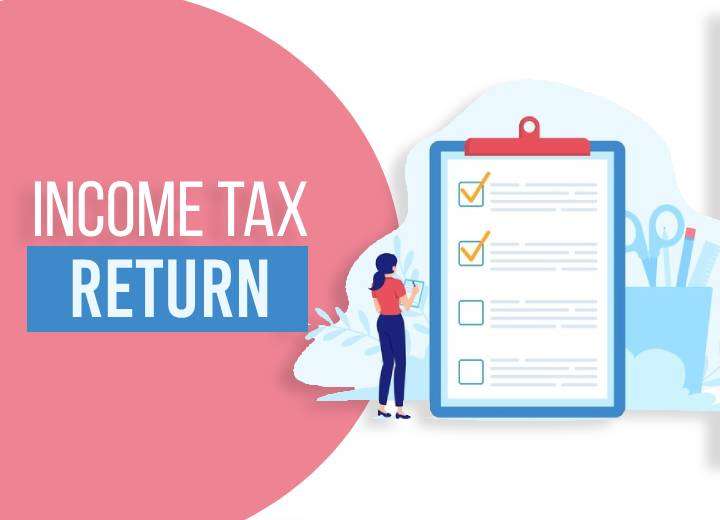Shift Towards New Tax Regime in India Evident in ITR Filings for AY 2024-25

Shift Towards New Tax Regime in India Evident in ITR Filings for AY 2024-25
Date: August 3, 2024
Location: New Delhi, India
The Income Tax Department of India has released data revealing significant insights into the filing patterns of taxpayers for the Assessment Year (AY) 2024-25. A total of 7.28 crore Income Tax Returns (ITRs) have been filed, marking a substantial increase in the adoption of the new tax regime compared to the old one.
Key Highlights:
-
Overall Filings:
- For AY 2024-25, a total of 7.28 crore ITRs have been filed, reflecting the growing compliance and awareness among taxpayers.
- This marks an increase from the previous assessment year, showcasing the efforts of the Income Tax Department to simplify the filing process.
-
New Tax Regime Dominance:
- Out of the total filings, 5.27 crore ITRs were submitted under the new tax regime.
- This represents a significant shift, as only 2.01 crore ITRs were filed under the old tax regime.
-
Reasons for the Shift:
- Simplified Tax Structure: The new tax regime offers a simplified tax structure with lower tax rates and reduced exemptions, attracting more taxpayers.
- Increased Awareness: Government initiatives to promote the new regime, along with widespread awareness campaigns, have contributed to the increased adoption.
- Flexibility: Taxpayers appreciate the option to choose between the old and new regimes, allowing them to select the most beneficial option.
-
Government Initiatives:
- The Indian government has been actively promoting the new tax regime as part of its broader tax reforms aimed at increasing transparency and reducing complexity.
- Introduction of digital tools and resources has made it easier for taxpayers to file returns accurately and efficiently.
-
Tax Expert Opinions:
- Tax experts believe the shift indicates a positive response to the government’s efforts to simplify tax compliance.
- However, they also caution that some taxpayers might miss out on potential benefits of the old regime, which offers various deductions and exemptions.
-
Future Outlook:
- The trend suggests that more taxpayers might continue to opt for the new regime in the coming years, given its straightforward approach.
- Continuous enhancements in the tax filing infrastructure and ongoing education efforts are expected to further bolster compliance rates.